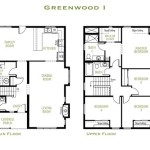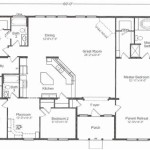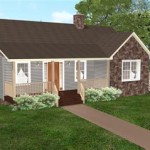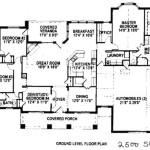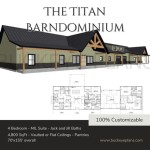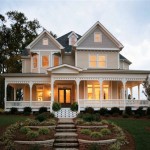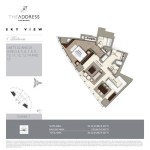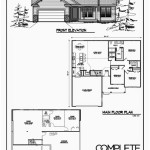Old Victorian Homes Floor Plans
Victorian homes, with their intricate architectural details and timeless charm, continue to captivate homeowners. These homes, built during the reign of Queen Victoria, were characterized by their elaborate ornamentation, spacious floor plans, and abundance of natural light. Understanding the floor plans of old Victorian homes is essential for both prospective buyers and homeowners.
Key Characteristics of Victorian Floor Plans
Asymmetrical Facades: Victorian homes often featured asymmetrical facades, with one side of the home being different from the other. This asymmetry added visual interest and created a sense of grandeur.
Prominent Porches: Porches were a prominent feature of Victorian homes. They served as a welcoming entrance, provided shelter from the elements, and extended the living space outdoors.
Bay Windows: Bay windows, with their three-sided projections, were commonly found in Victorian homes. They allowed for increased natural light and created cozy nooks with picturesque views.
High Ceilings: Victorian homes typically had high ceilings, contributing to a sense of spaciousness and grandeur. These ceilings often featured intricate plasterwork or moldings.
Types of Victorian Homes
Victorian homes encompass a wide range of architectural styles, including:
Gothic Revival: Characterized by pointed arches, steep roofs, and elaborate ornamentation.
Italianate: Features square towers, round-arched windows, and bracketed cornices.
Second Empire: Known for its mansard roof with a steep lower slope and a flatter upper slope.
Common Room Layouts
Formal Dining Room: Victorian homes often had a separate formal dining room for entertaining guests. This room was typically located at the front of the house and featured a fireplace.
Parlor: A formal living room used for receiving guests and special occasions. It was often adorned with elegant furniture and decor.
Library: Many Victorian homes included a library or study, providing a quiet space for reading and contemplation.
Multiple Bedrooms: Victorian homes typically had multiple bedrooms, with the master bedroom being the largest and located on the second floor.
Servants' Quarters: Larger Victorian homes often had servants' quarters located on an upper floor or in a separate wing.
Preserving Historic Charm
Victorian homes are architectural treasures that should be preserved and maintained for future generations. When renovating or restoring a Victorian home, it is important to respect the original design and materials.
Homeowners should work with qualified professionals to ensure that any alterations or repairs maintain the historic integrity of the home. This includes preserving original details such as fireplaces, moldings, and hardware, as well as updating systems like plumbing, electrical, and heating to modern standards while respecting the home's character.

House Plans Victorian Vintage Sims

Vintage Victorian House Plans 1879 Print Plainfield George La Baw Floor Mansion Plan

The Glen Flora Victorian House Plans Old Vintage

1891 Print Home Architectural Design Floor Plans Victorian Architecture Dwelling House

Untitled Victorian House Plans Mansion Floor Plan Homes

House Plan 73837 Victorian Style With 4200 Sq Ft 2 Bed Bath

Modern Cottages J H Kirby Architect Victorian House Plans Vintage

Historical Building Collectibles For Victorian House Plans Homes Mansion Floor Plan

Victorian House Plans Floor The Designers

Victorian Style House Plan 4 Beds 2 5 Baths 2174 Sq Ft 72 137 Houseplans Com
See Also

